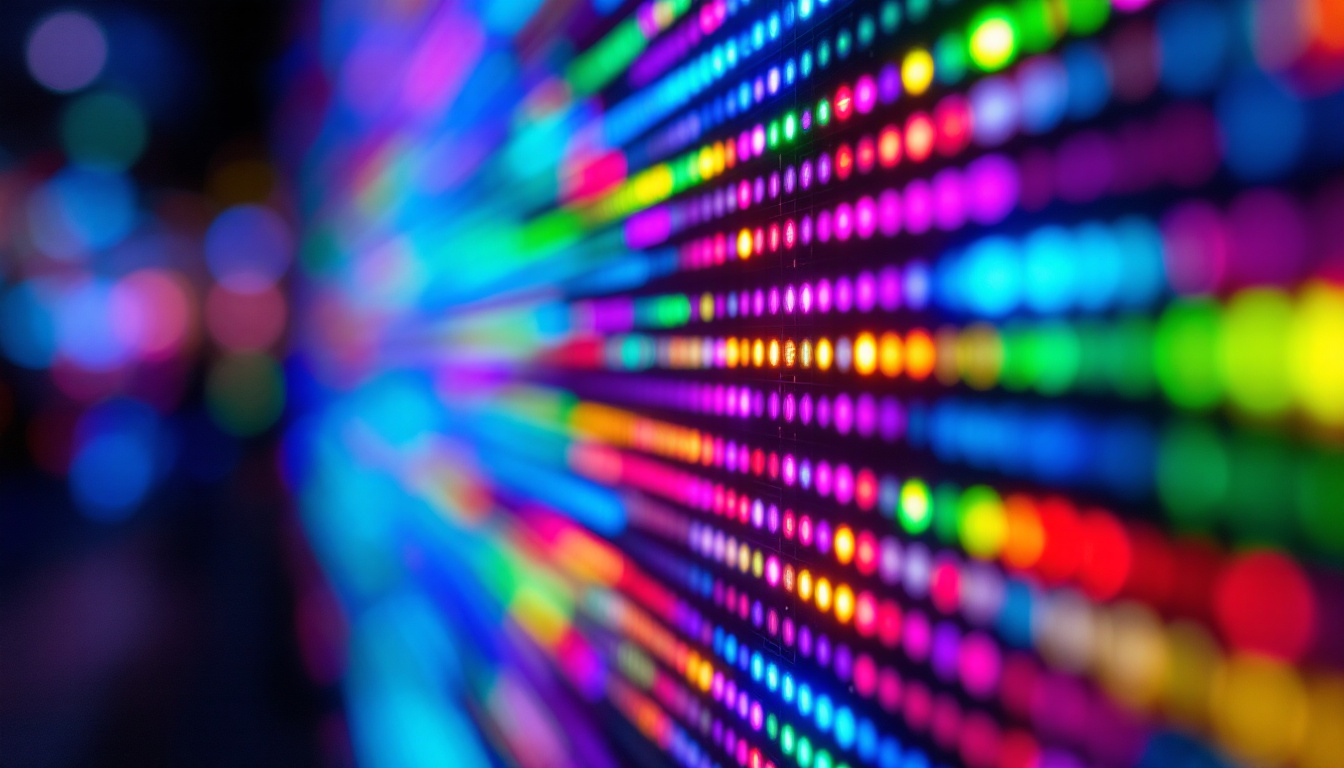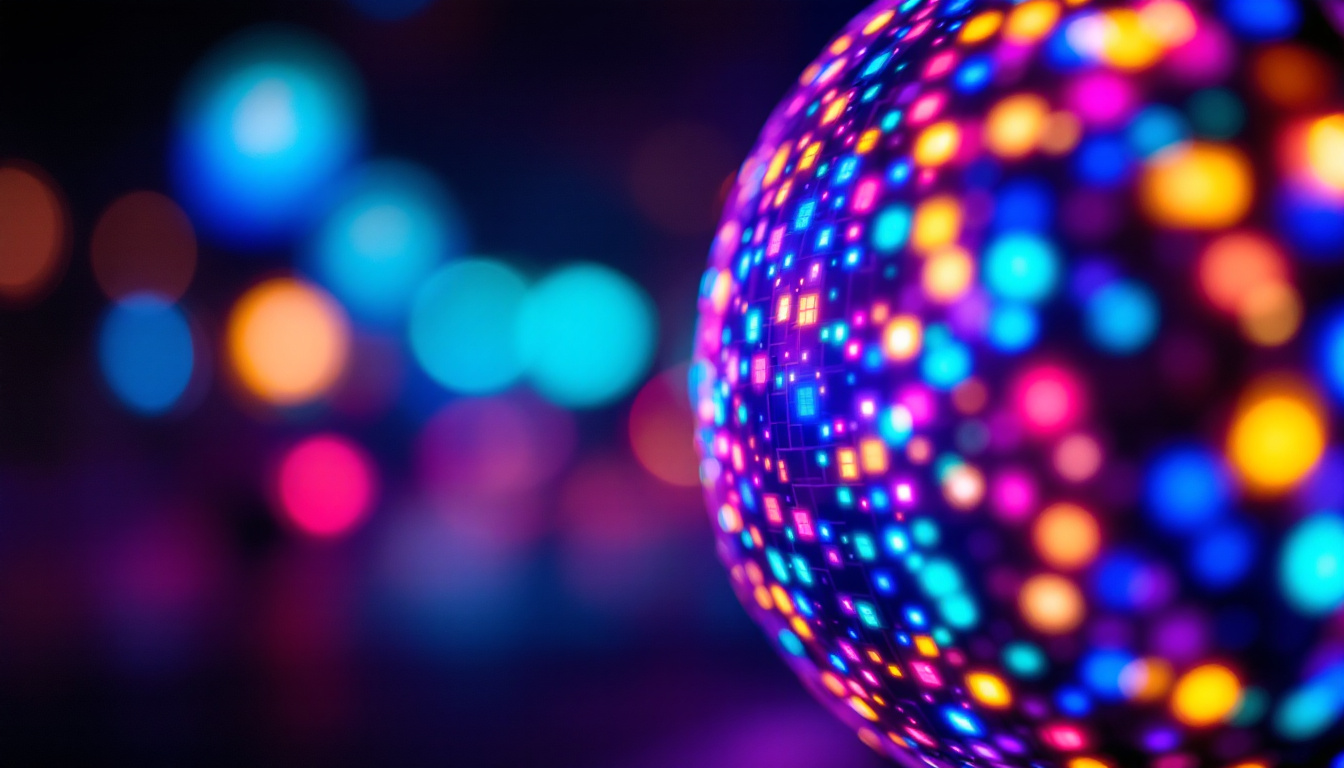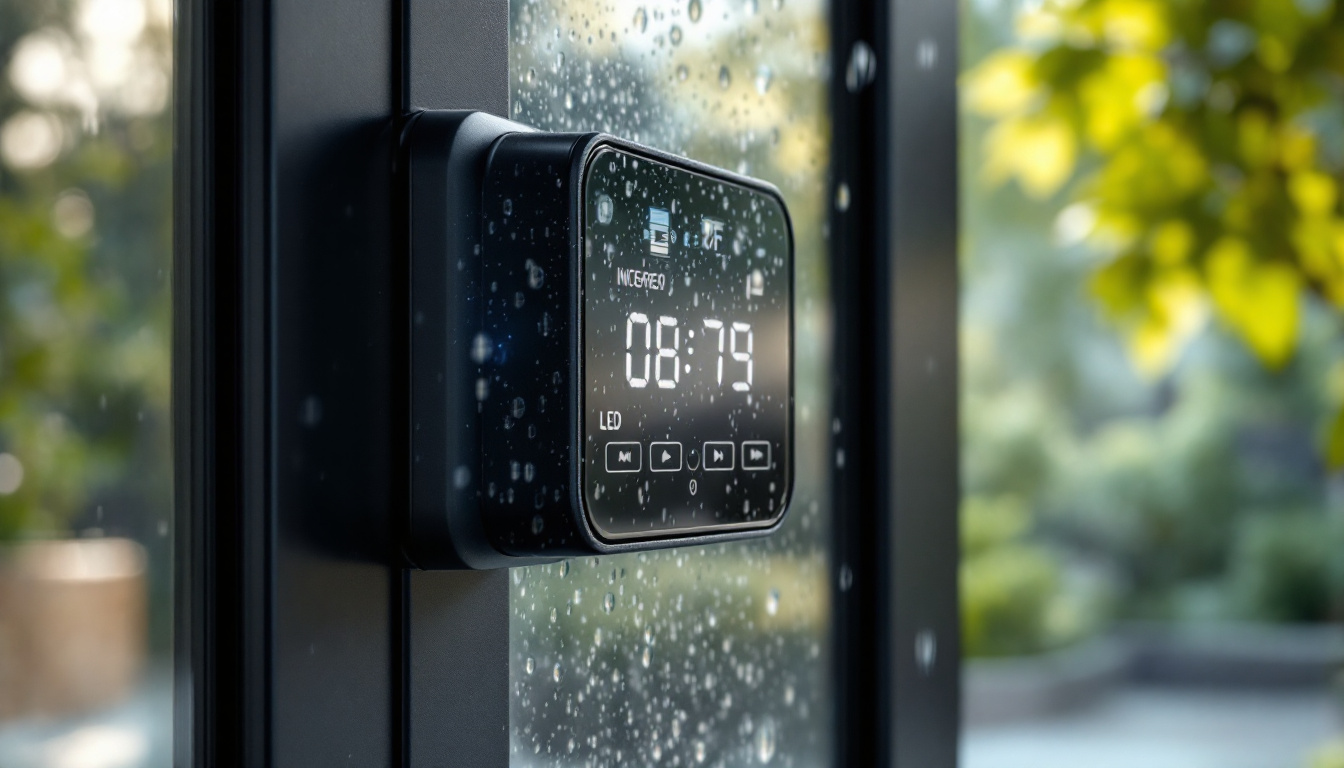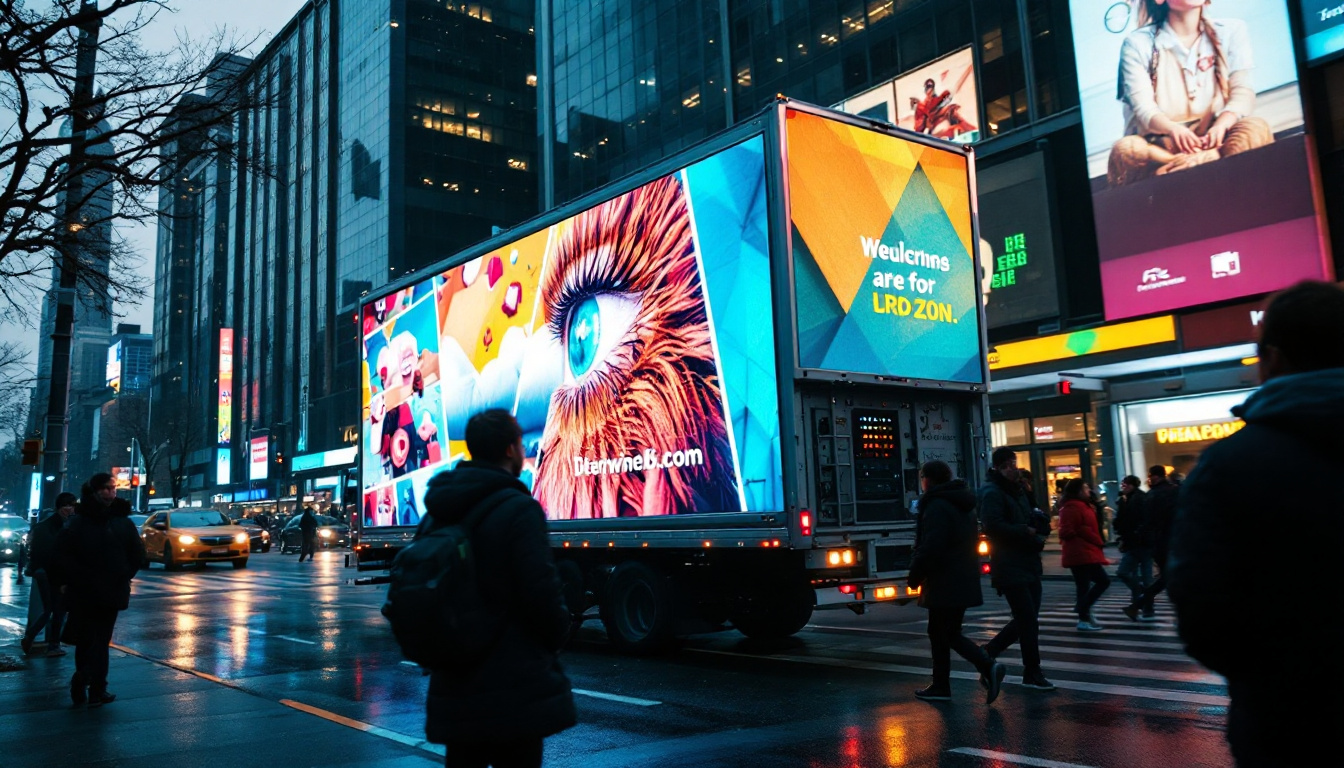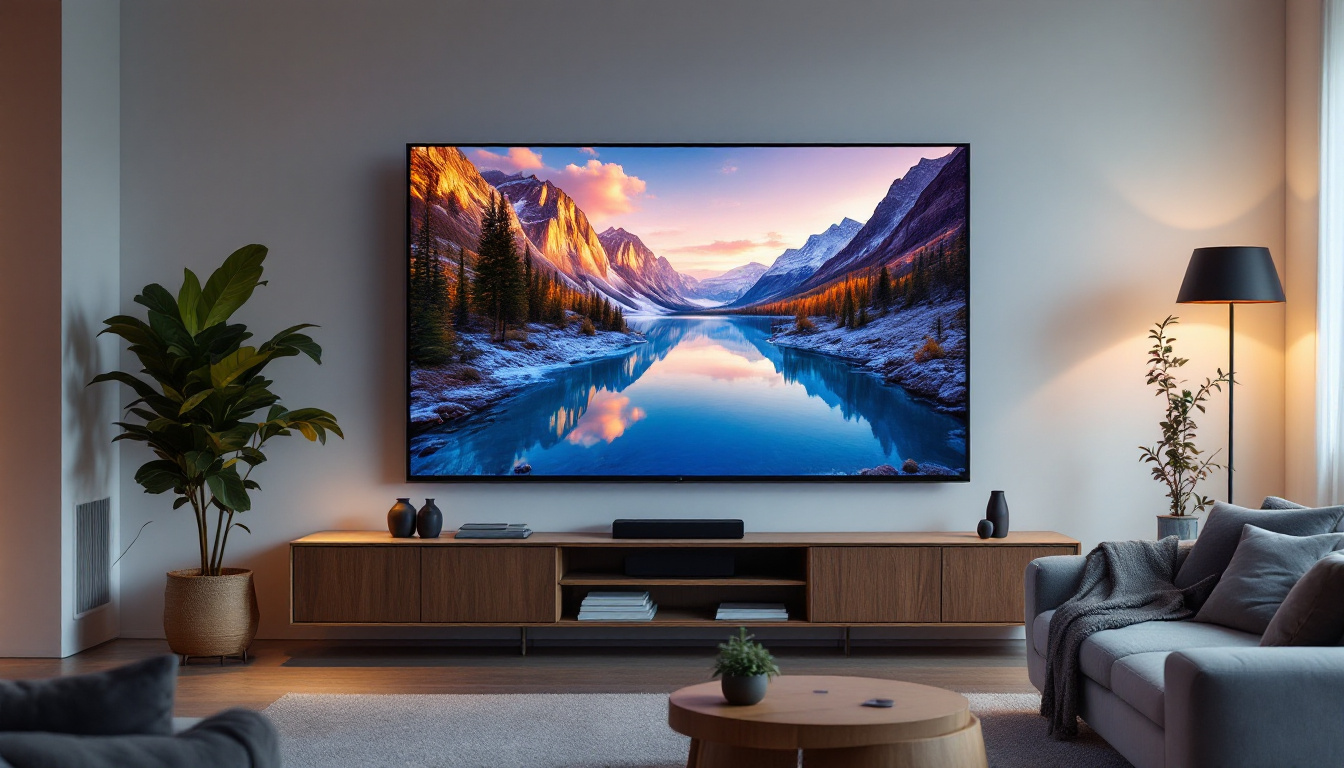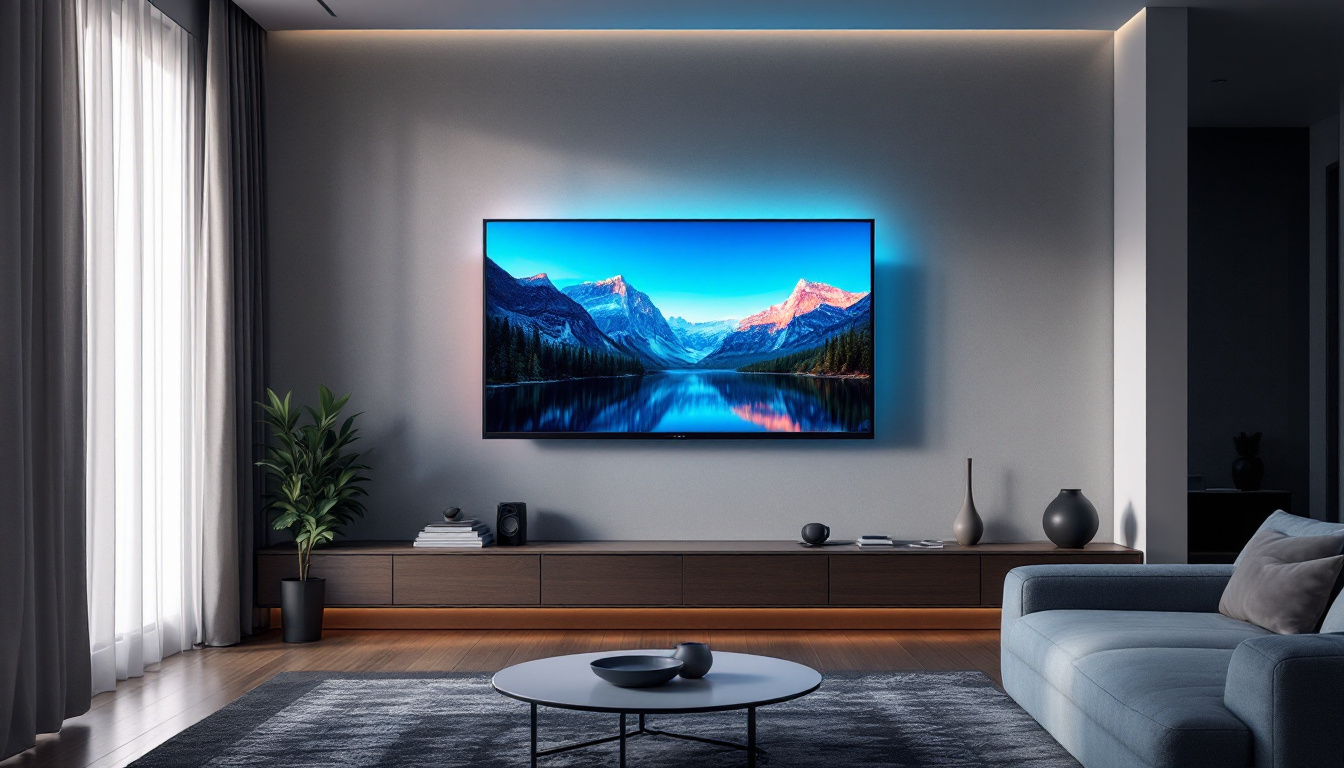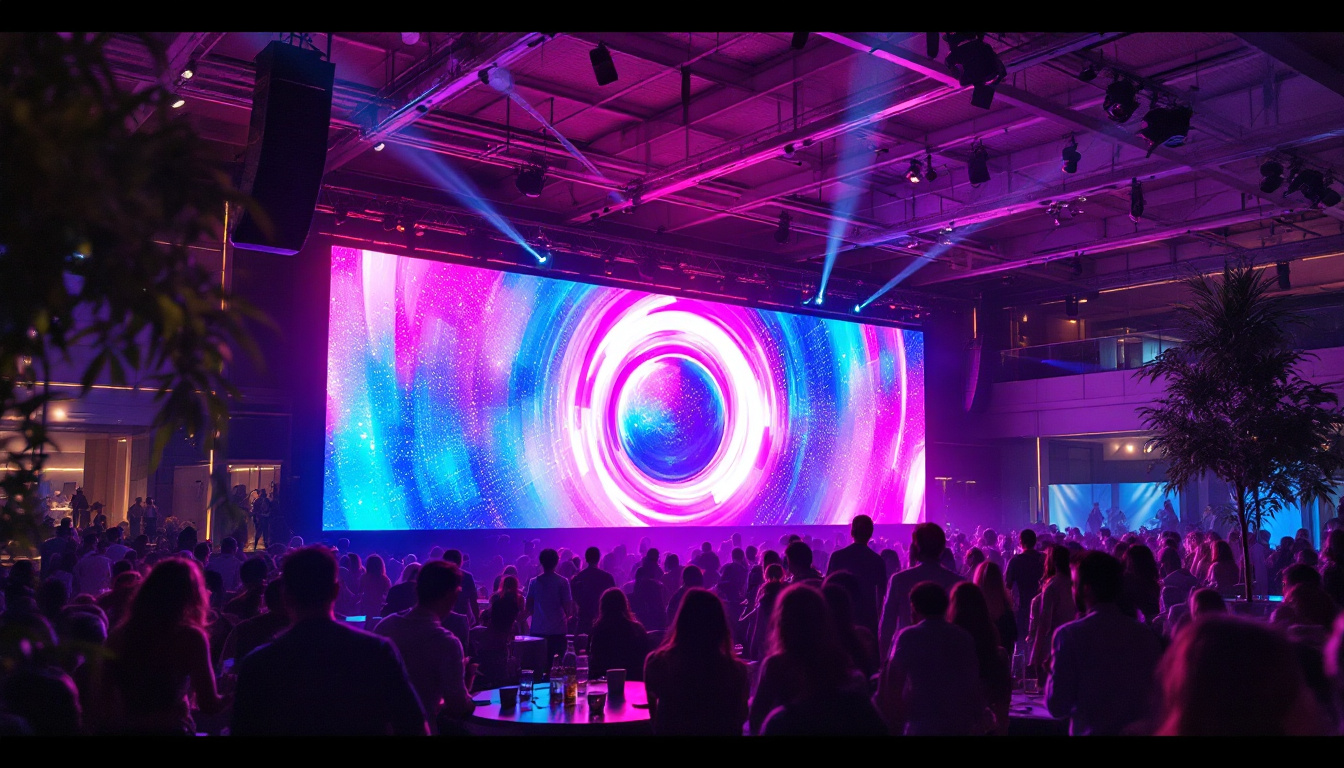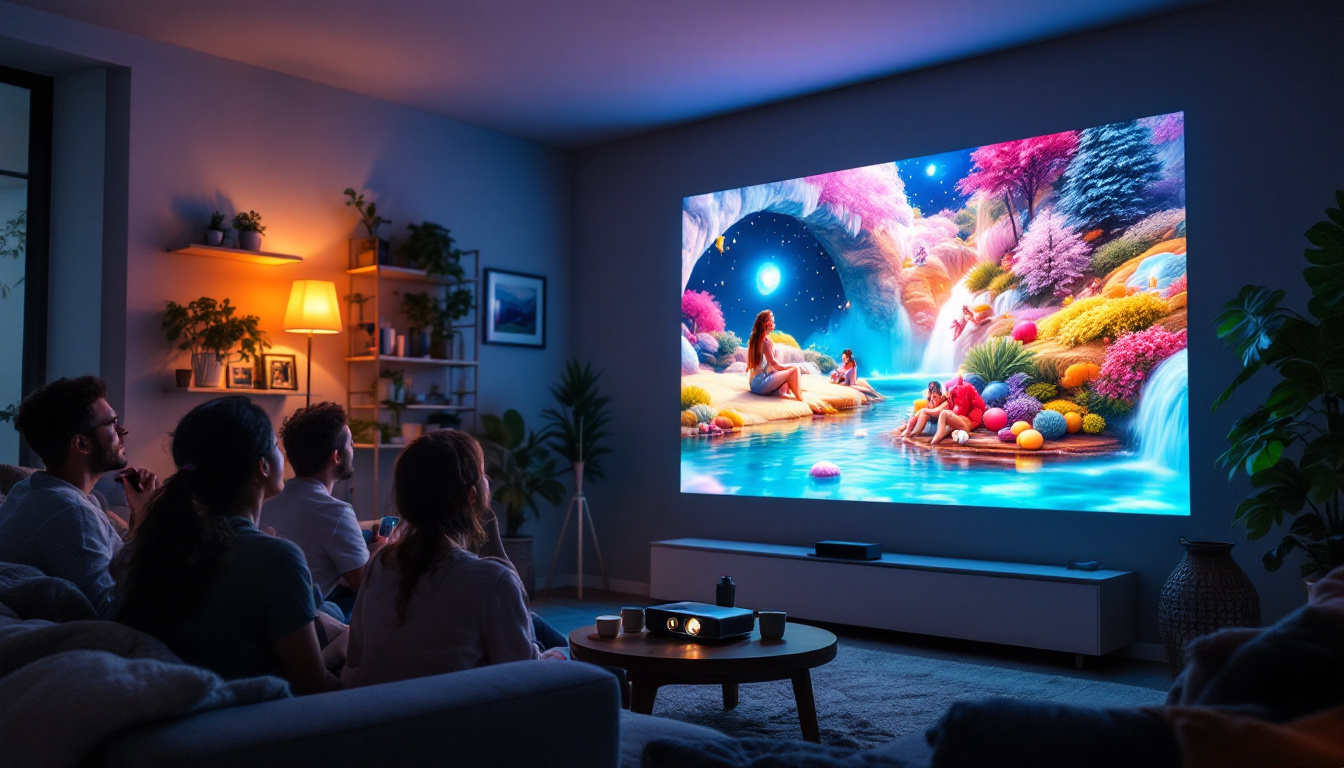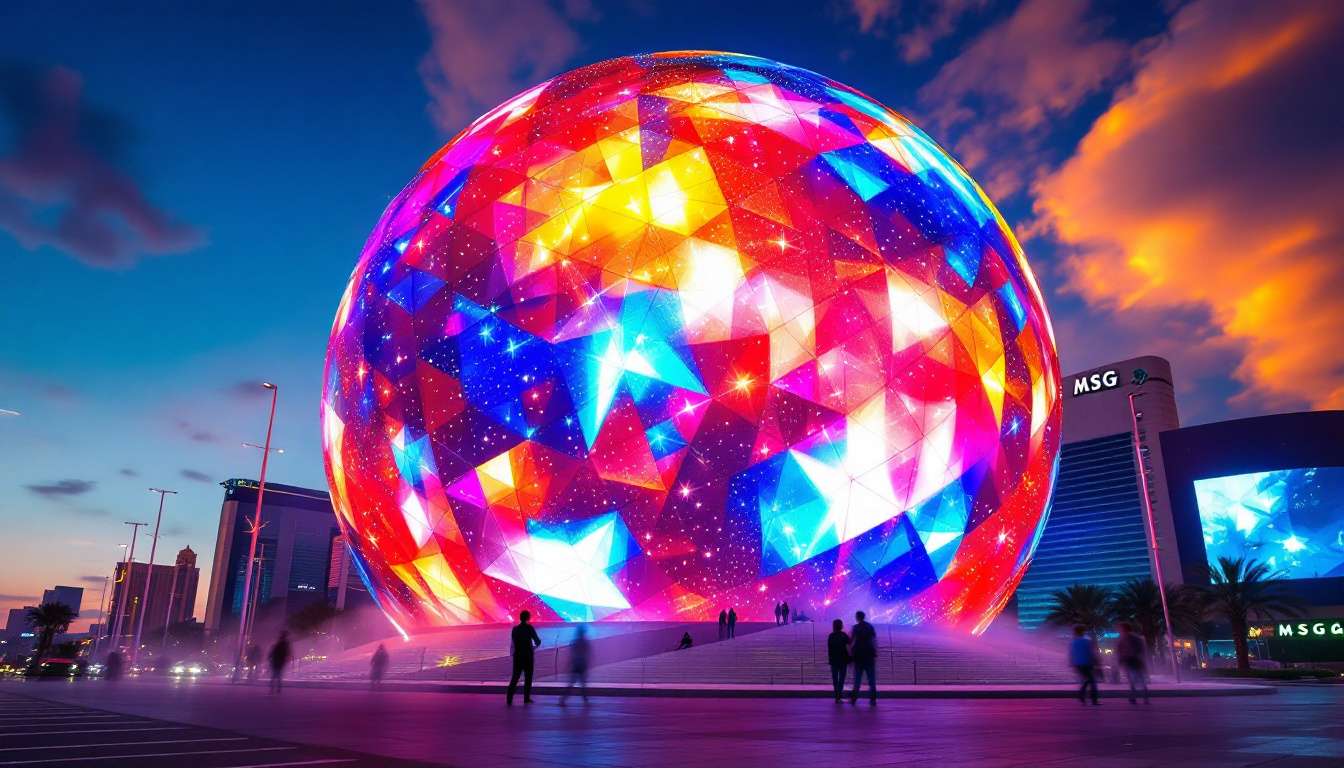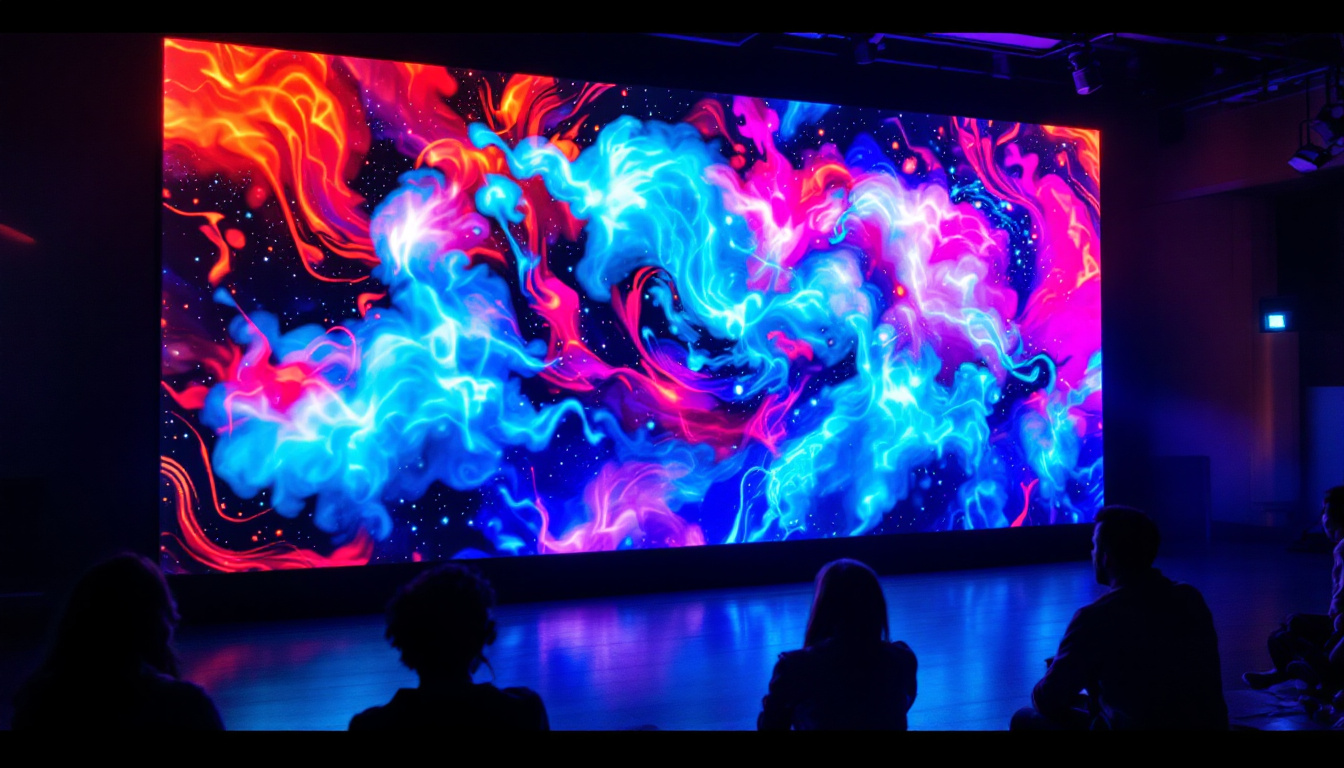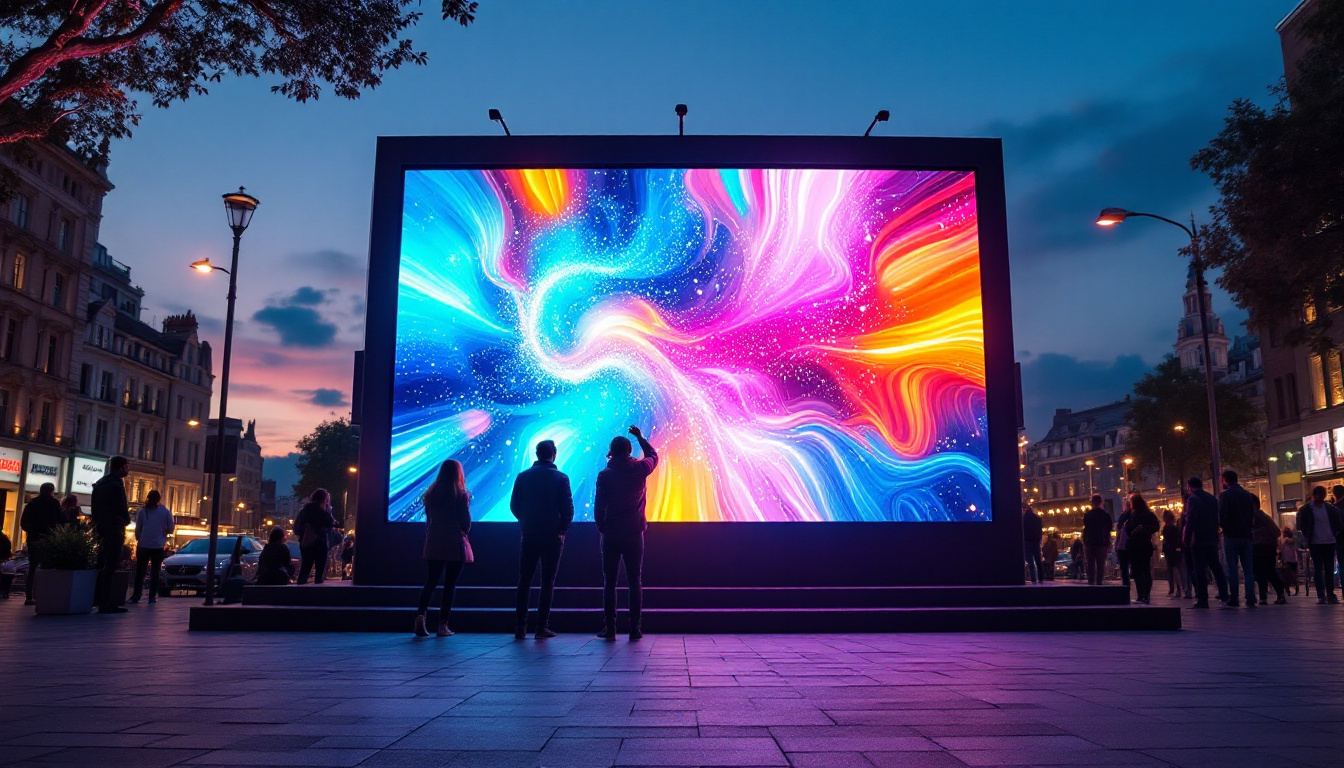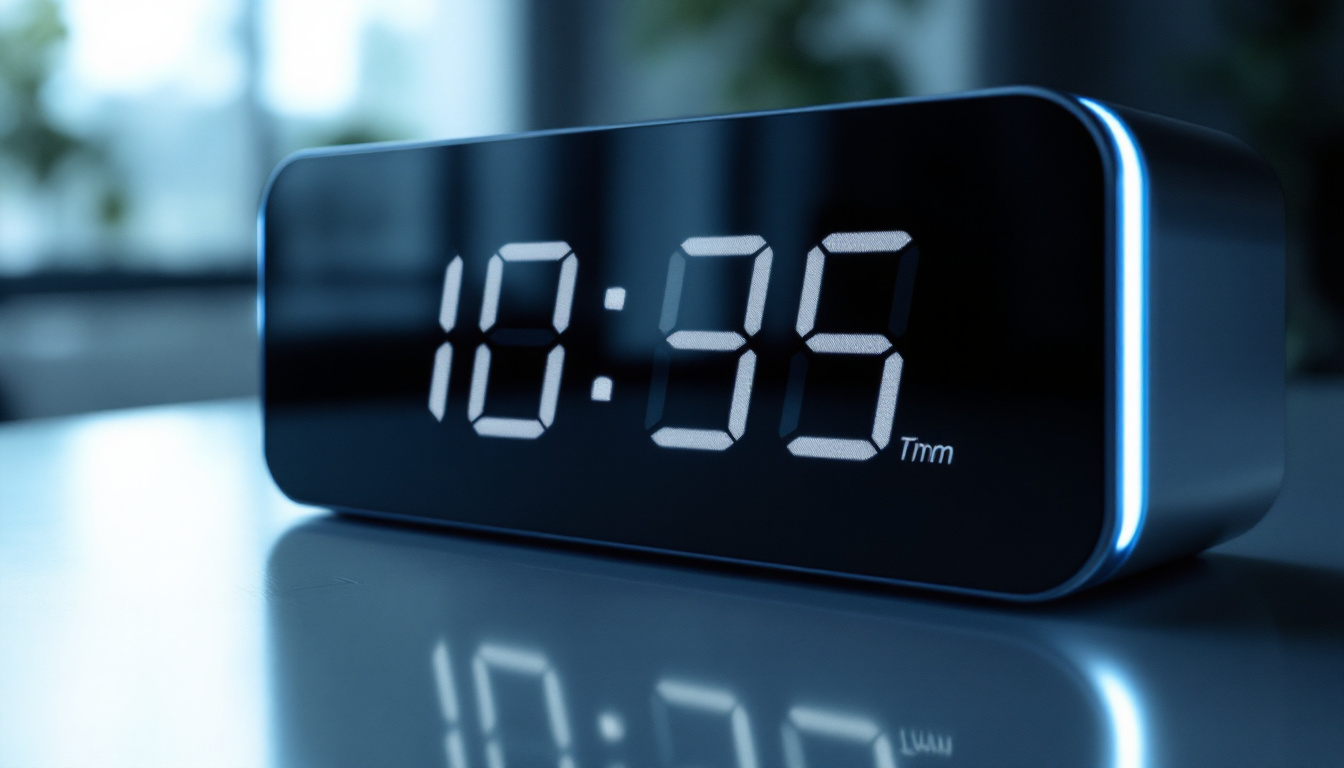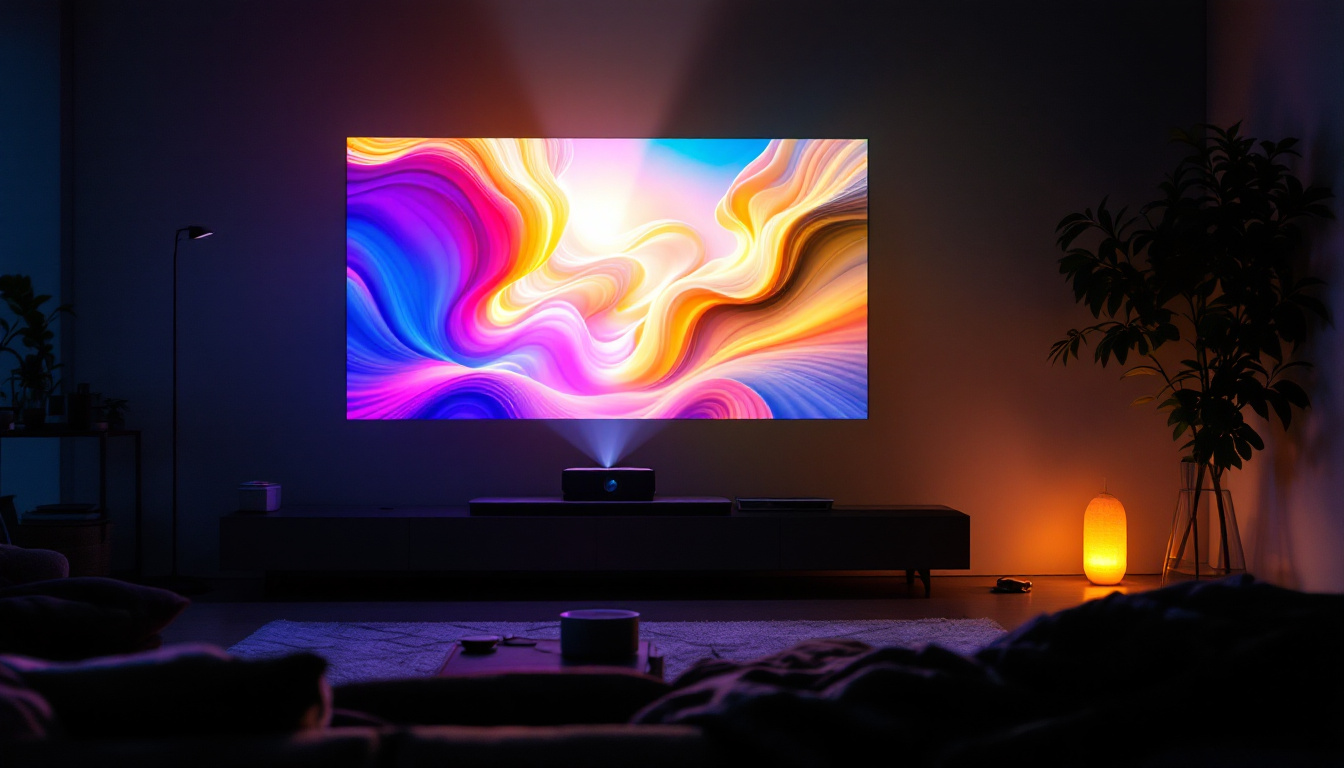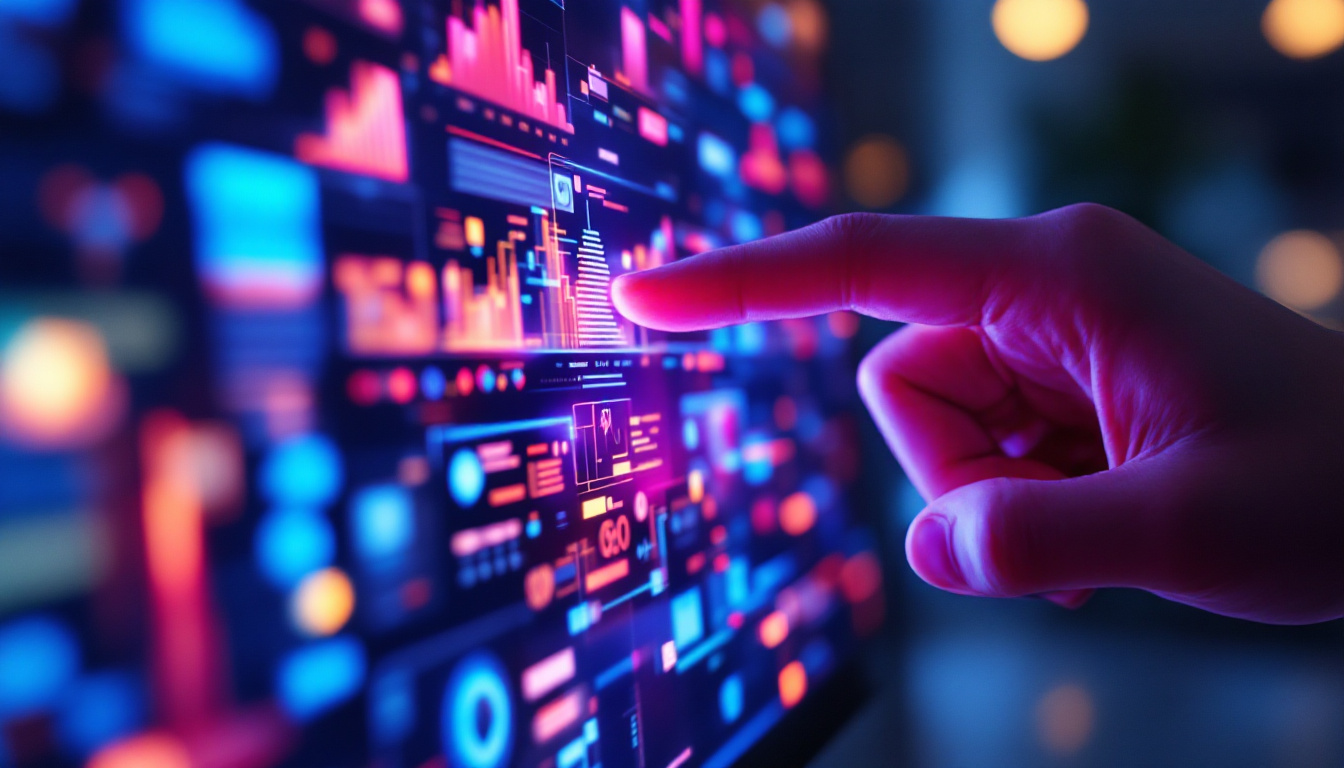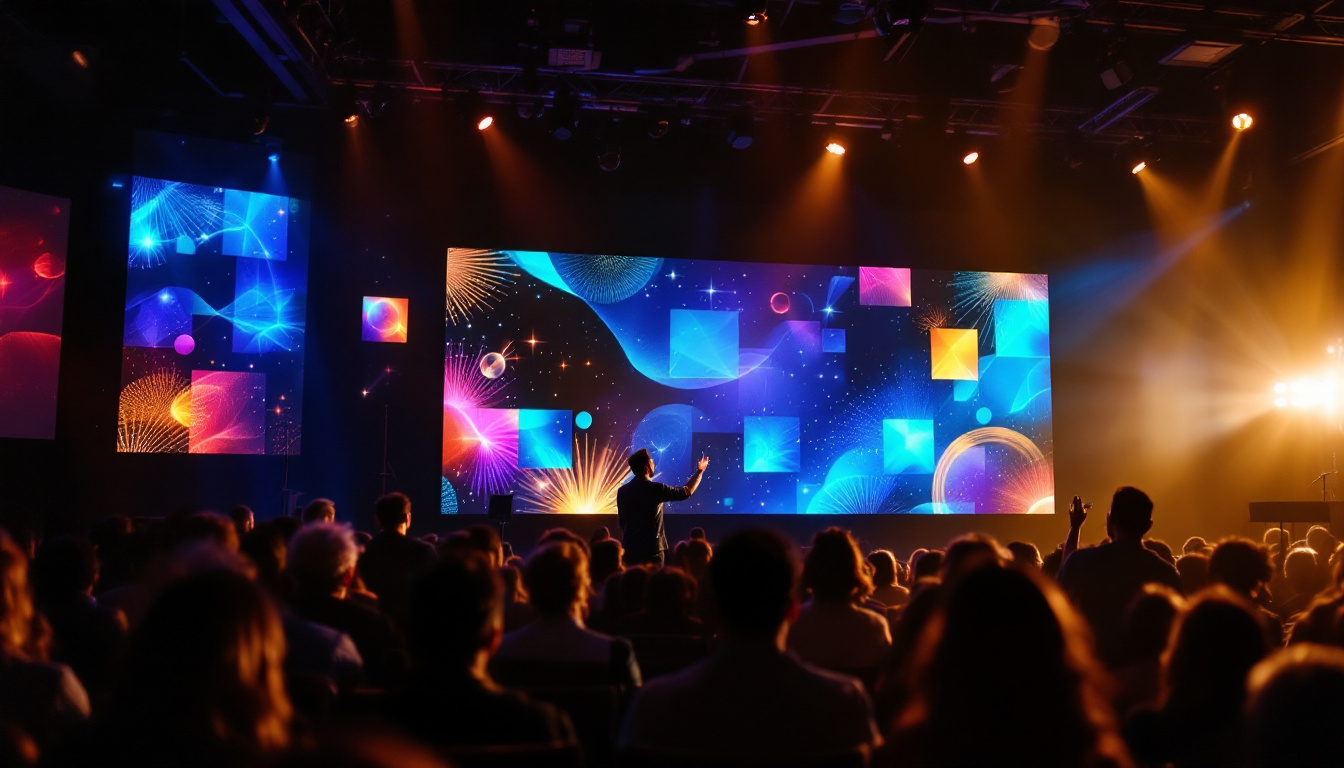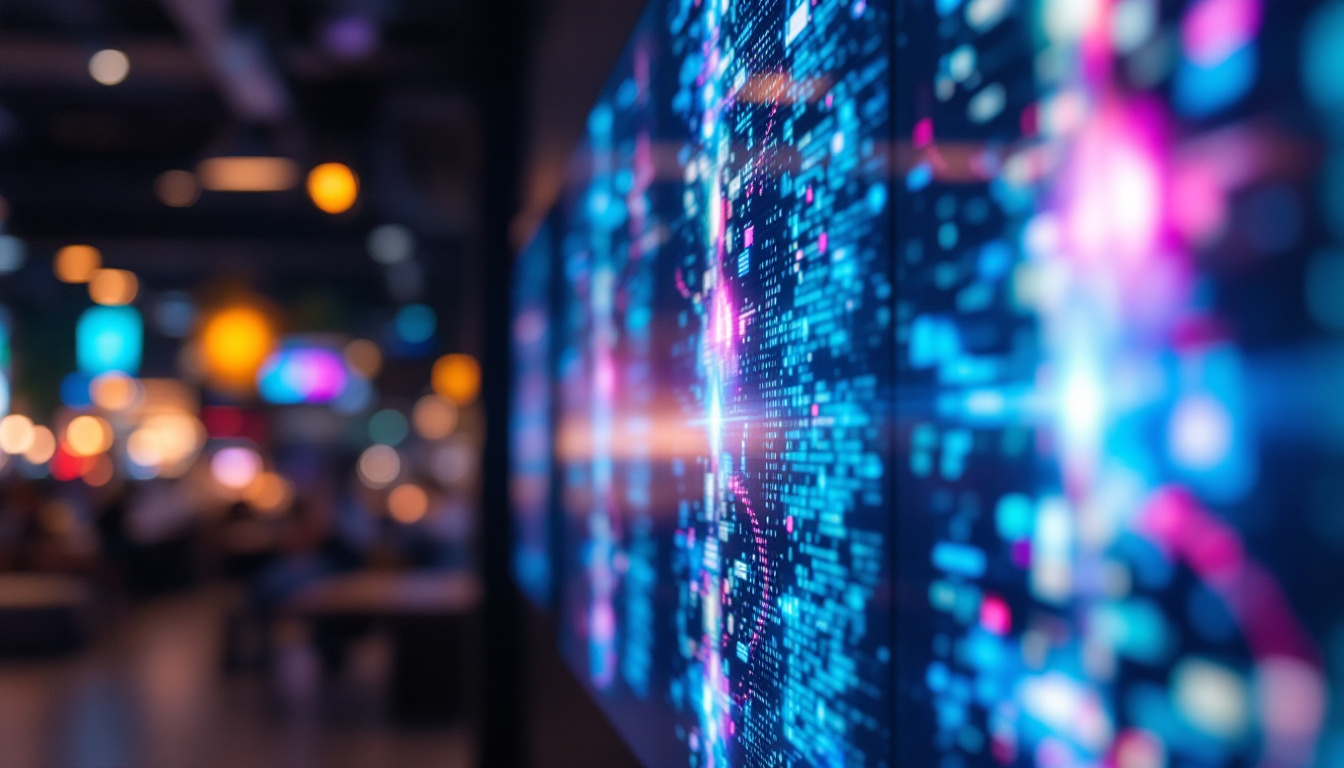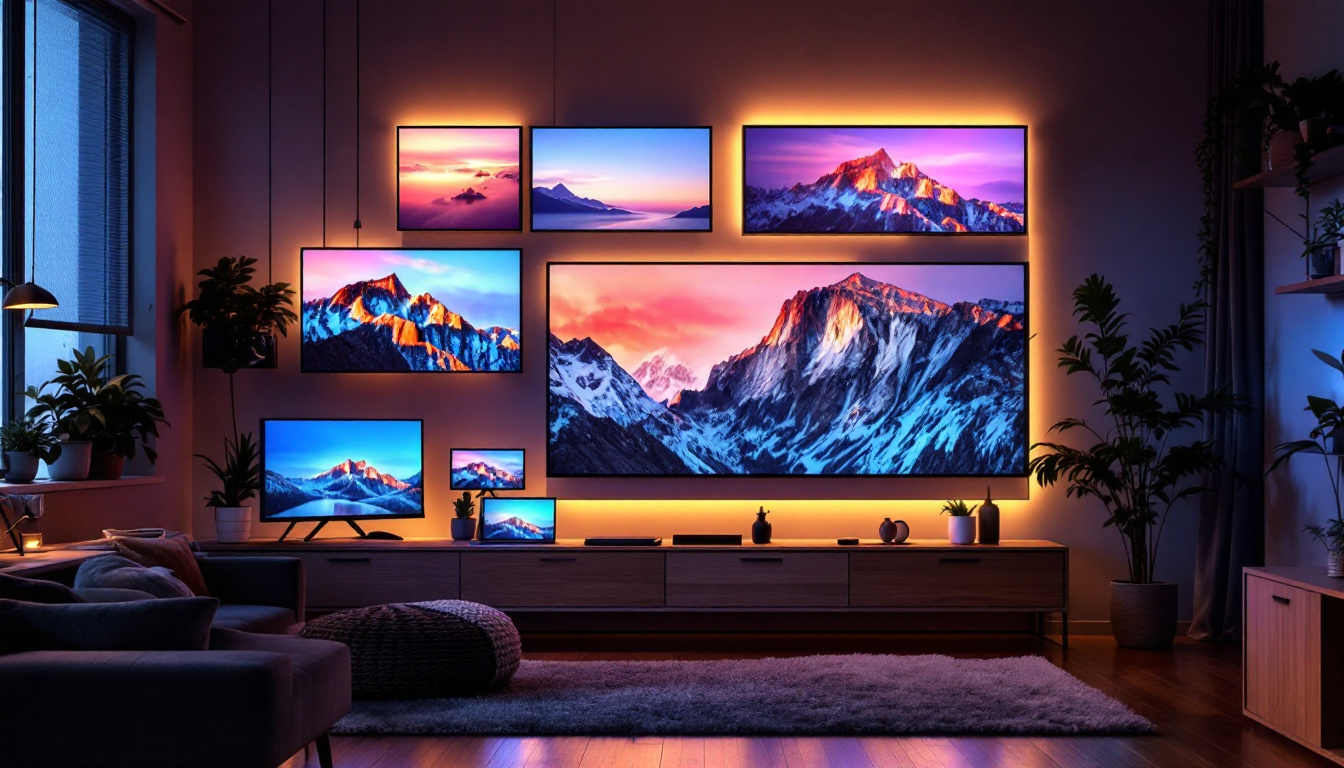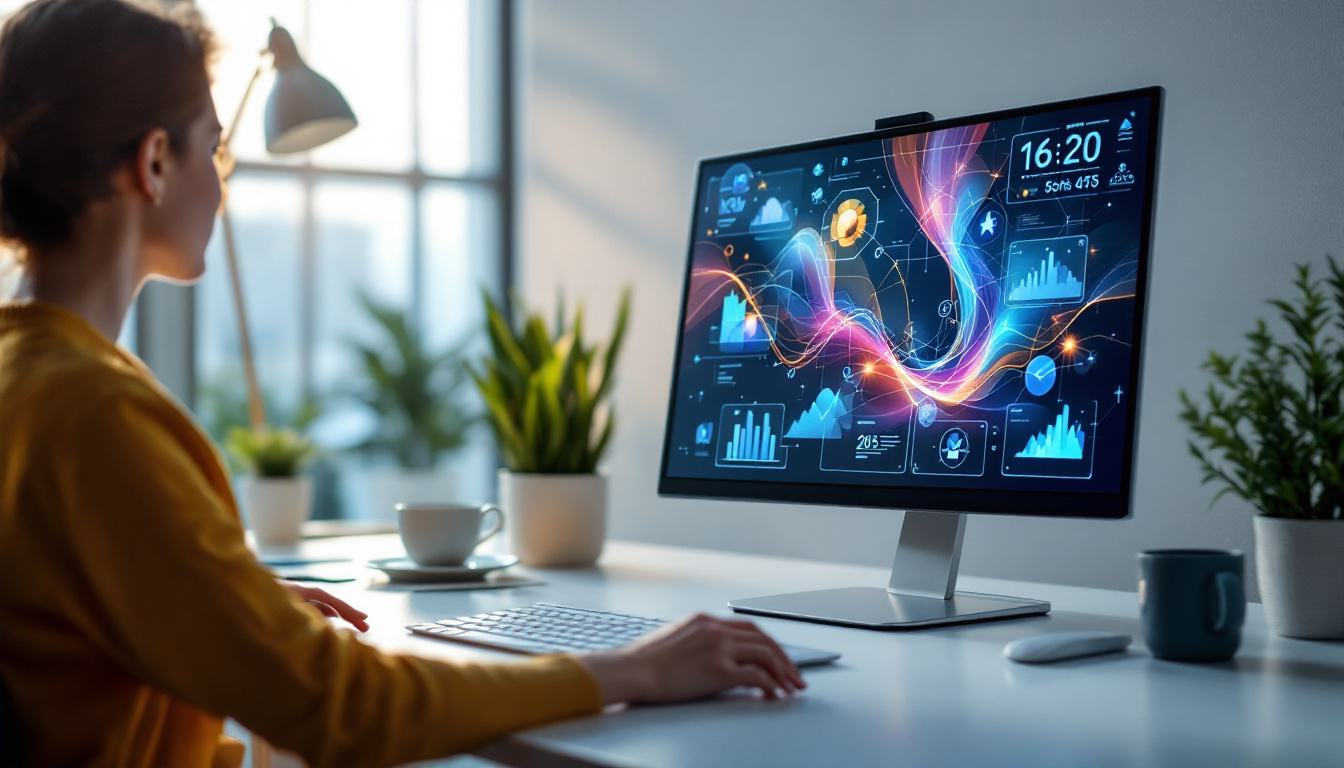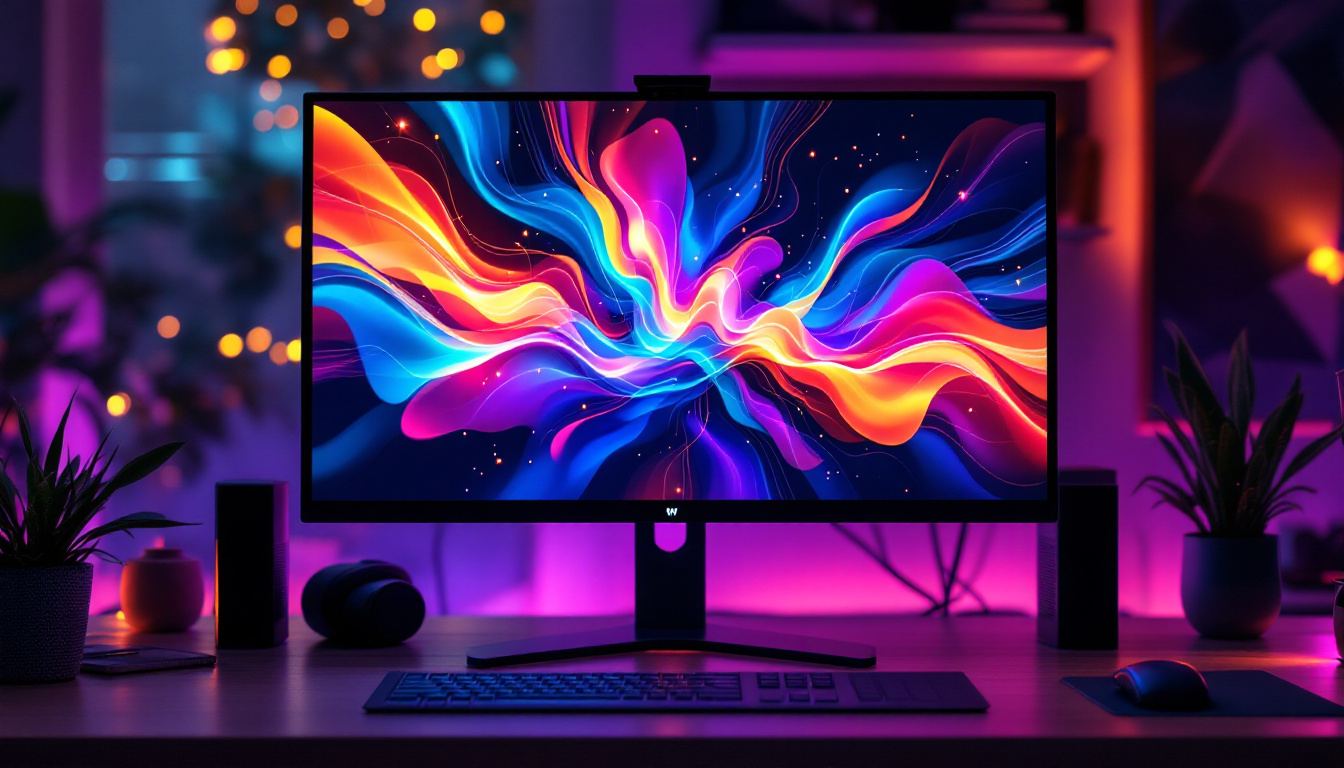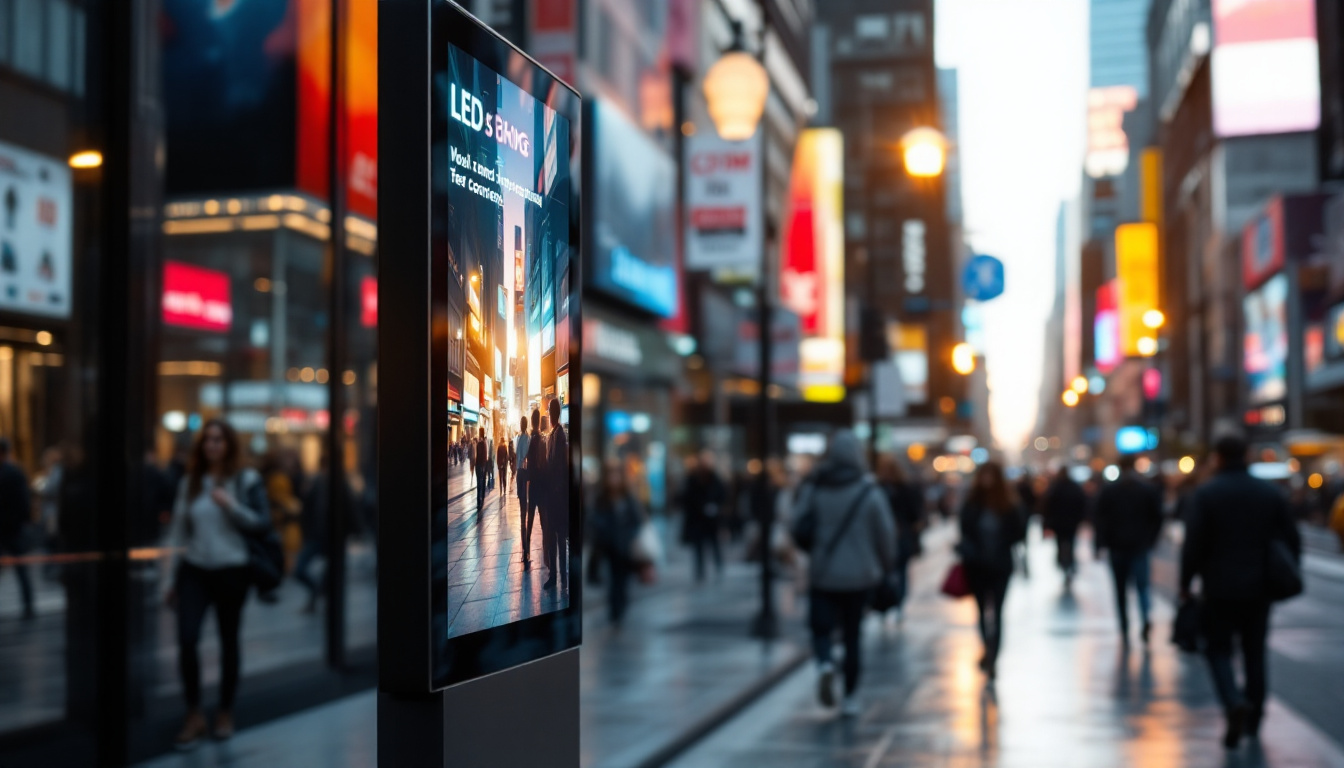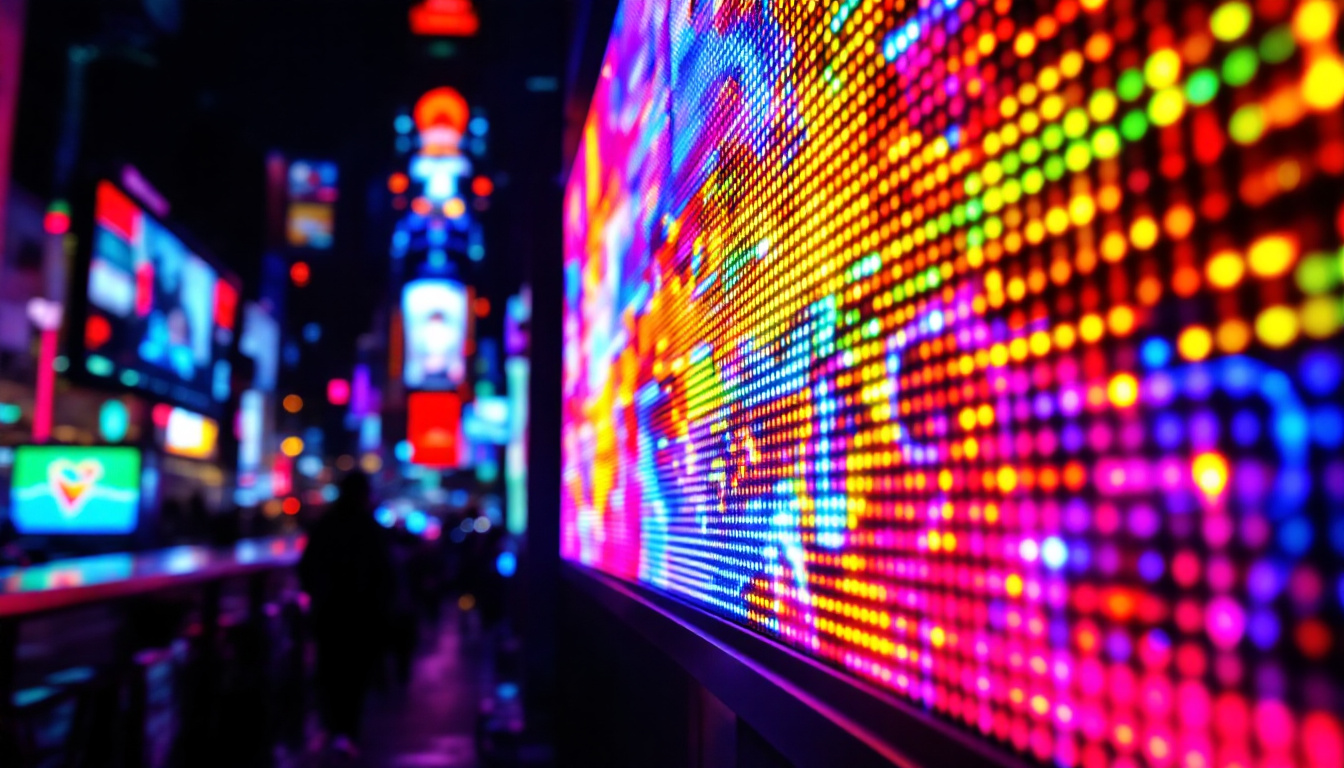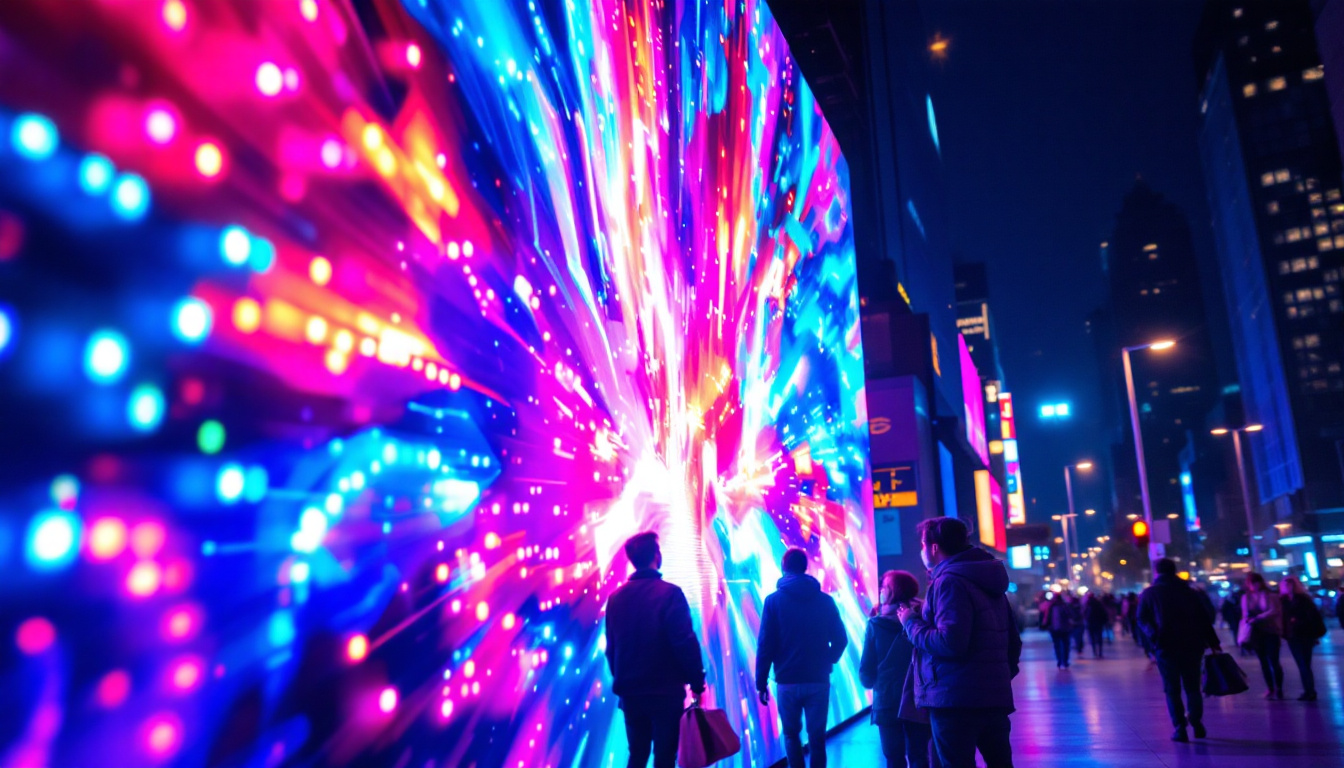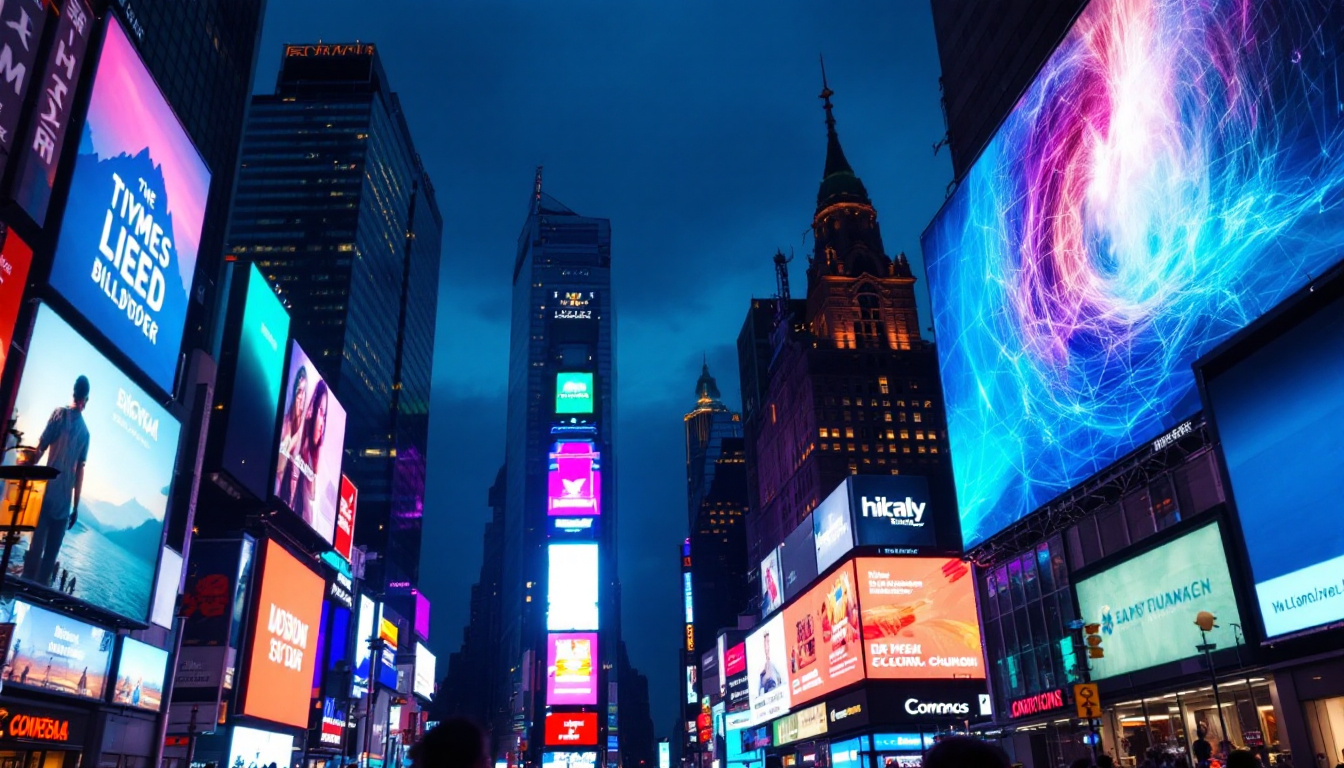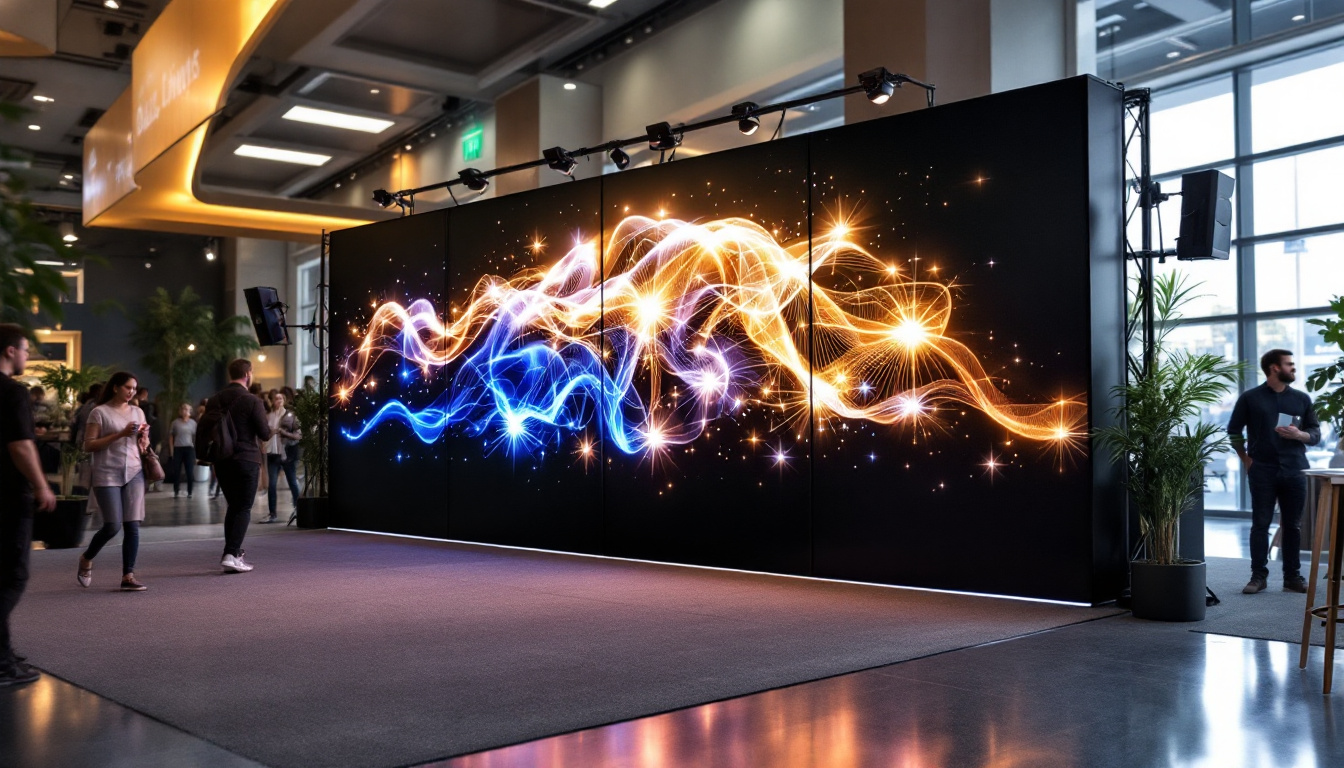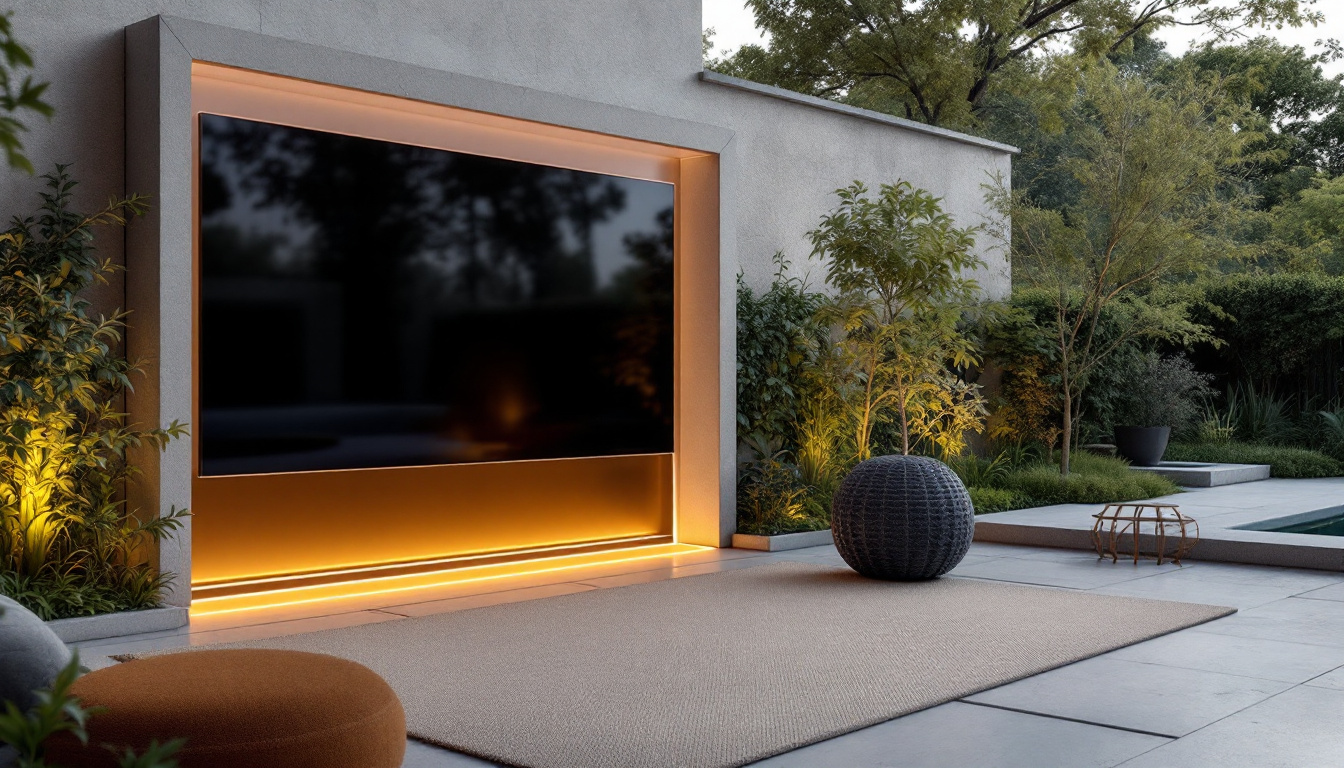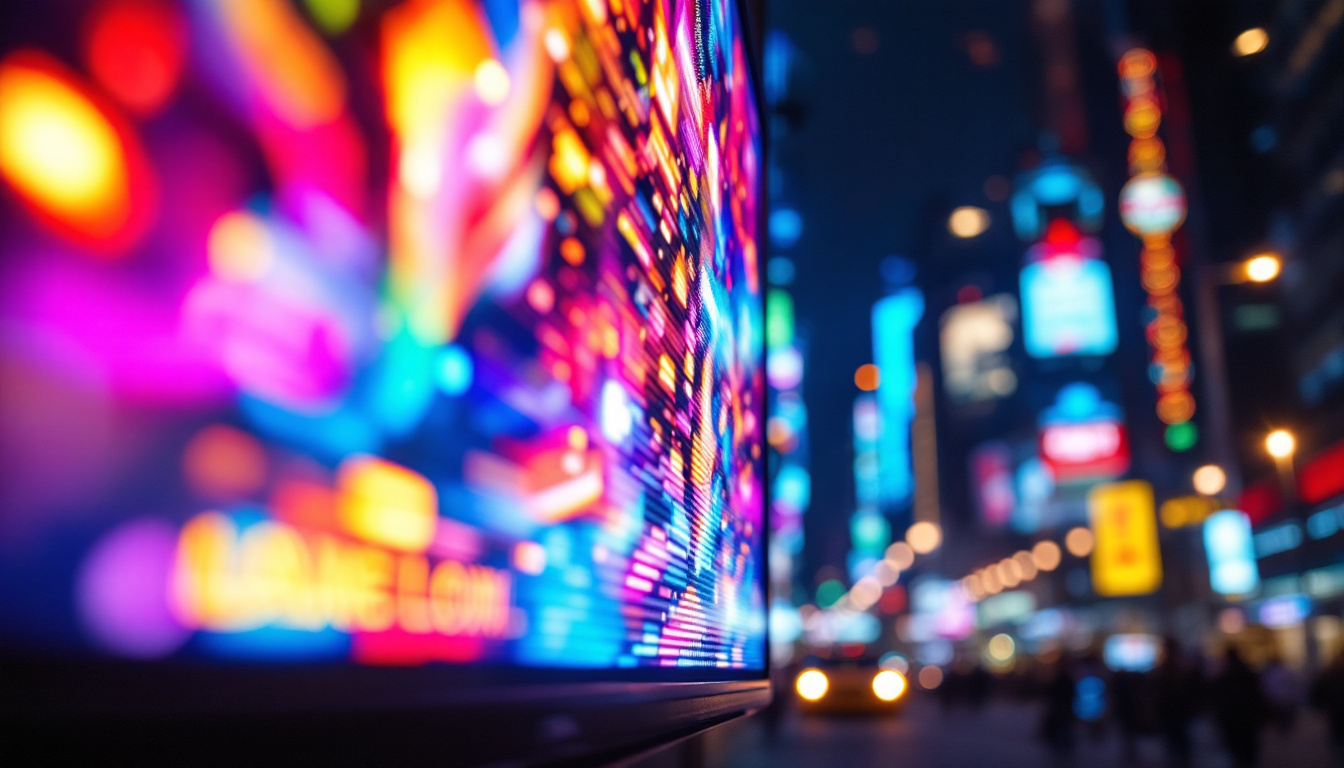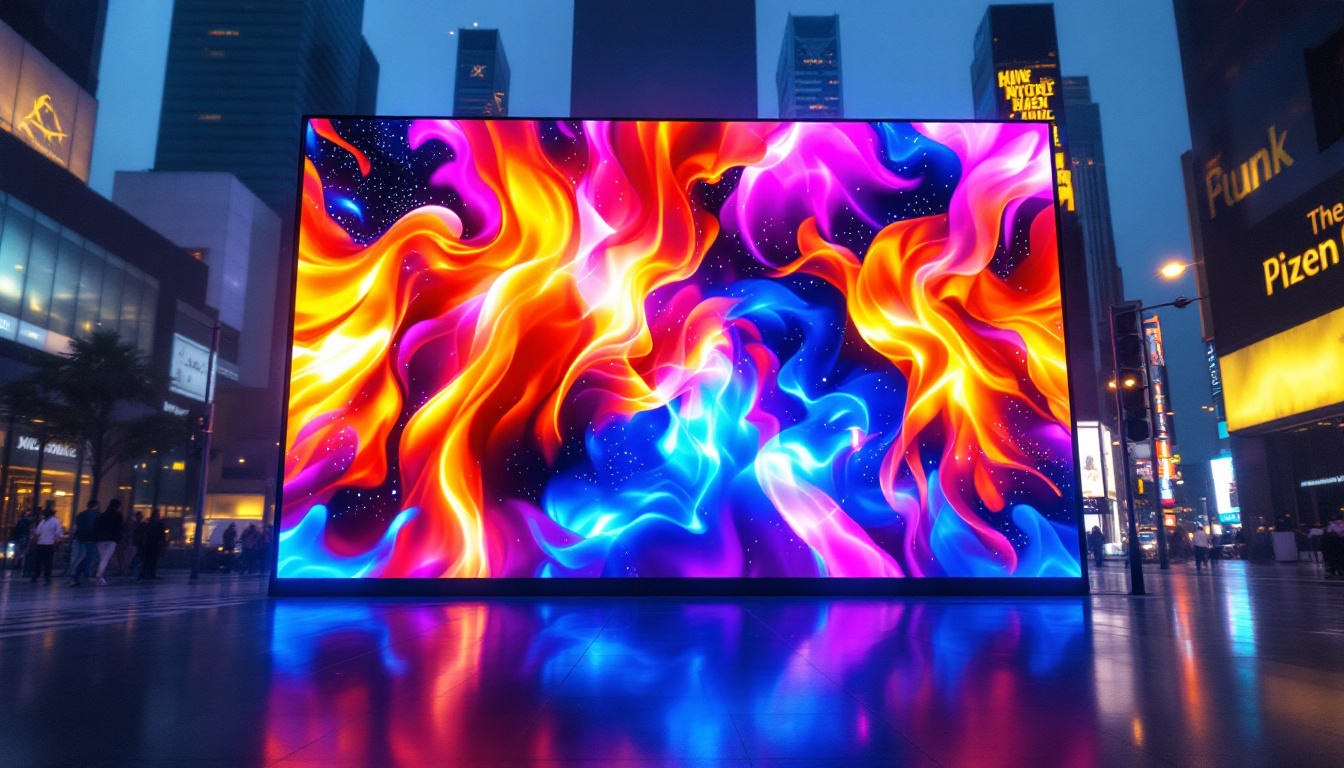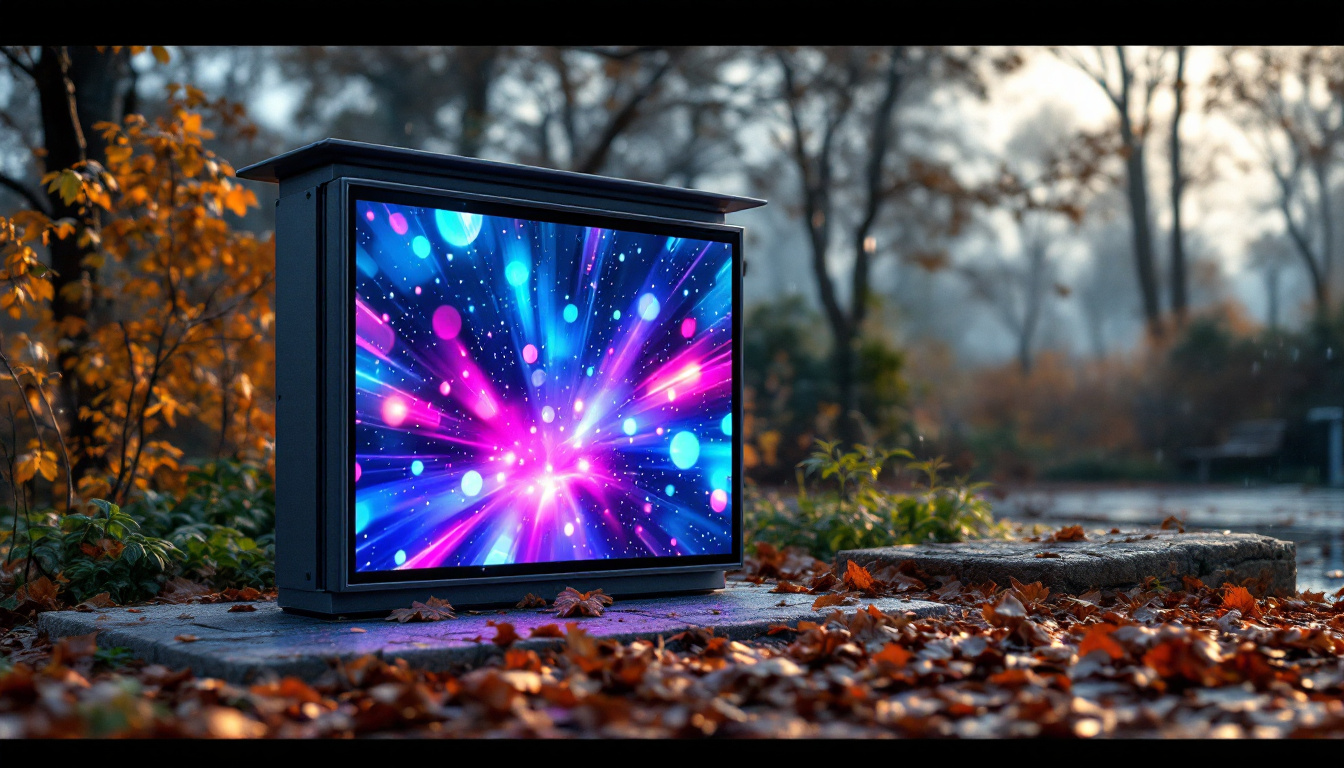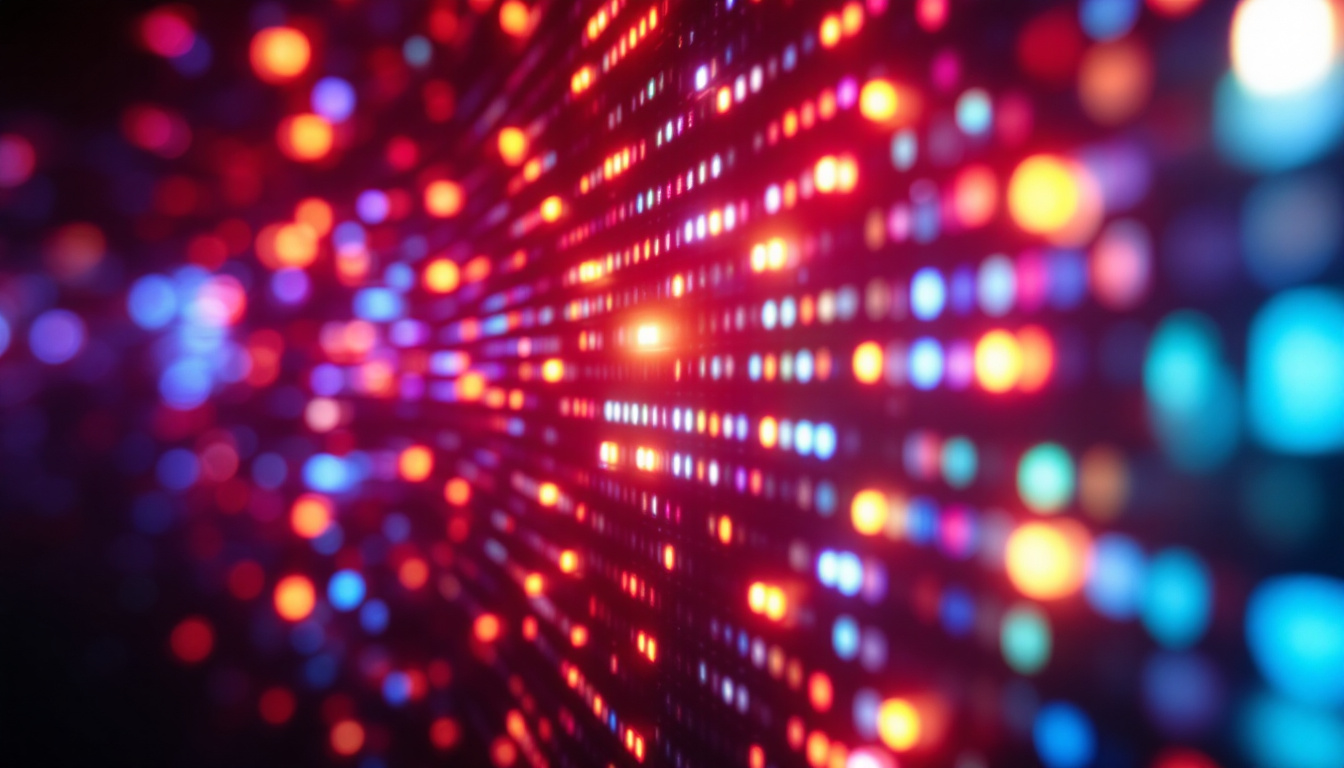LED displays have become a ubiquitous part of modern life, found in everything from smartphones to large outdoor billboards. Their vibrant colors, energy efficiency, and versatility make them a popular choice for various applications. However, despite their advantages, LED displays can encounter several problems that can affect their performance and longevity. This article delves into the intricacies of LED displays, exploring their functionality, common issues, and potential solutions.
Understanding LED Displays
LED, or Light Emitting Diode, displays utilize semiconductor technology to produce light. Unlike traditional LCD displays that rely on backlighting, LED displays emit light directly from the diodes. This fundamental difference allows for brighter images, deeper blacks, and a wider color gamut.
LED displays can be categorized into several types, including direct-view LEDs, LED-backlit LCDs, and organic LEDs (OLEDs). Each type has its unique characteristics and applications, making it essential to understand their differences when selecting a display for a specific use case.
Types of LED Displays
Direct-view LED displays are composed of individual LED modules that create a complete image. They are commonly used for large outdoor advertising and digital signage due to their high brightness and visibility in various lighting conditions. These displays can be seen in stadiums, concert venues, and city squares, where they capture attention with vibrant colors and dynamic content. Their modular nature also allows for easy scalability, enabling businesses to create displays of virtually any size to meet their marketing needs.
LED-backlit LCDs combine traditional LCD technology with LED backlighting, improving energy efficiency and color accuracy. These displays are prevalent in televisions and computer monitors, offering a balance between performance and cost. The introduction of local dimming technology in LED-backlit LCDs further enhances picture quality by allowing specific areas of the screen to dim or brighten independently, resulting in improved contrast and a more immersive viewing experience. Additionally, advancements in this technology have led to thinner and lighter designs, making them more aesthetically pleasing and easier to integrate into modern living spaces.
Organic LEDs (OLEDs) represent a newer technology where organic compounds emit light when an electric current is applied. OLED displays are known for their exceptional color reproduction and contrast ratios, making them ideal for high-end televisions and mobile devices. Unlike traditional displays, OLEDs do not require a backlight, allowing for ultra-thin designs and flexible screen configurations. This flexibility has opened the door for innovative applications, such as curved screens and foldable devices, which are becoming increasingly popular in the consumer electronics market. Furthermore, OLED technology is also being explored for use in lighting solutions, showcasing its versatility beyond just display applications.
Common Problems with LED Displays
Despite their many advantages, LED displays are not without issues. Understanding these problems can help users troubleshoot and maintain their displays effectively. Some common problems include dead pixels, color uniformity issues, and brightness inconsistencies.
Dead Pixels
One of the most frustrating issues with LED displays is the occurrence of dead pixels. A dead pixel is a pixel that fails to illuminate, resulting in a black spot on the screen. This problem can arise from manufacturing defects, physical damage, or electrical issues.
While a single dead pixel may not significantly impact the viewing experience, multiple dead pixels can be distracting. In some cases, manufacturers offer warranties that cover dead pixels, allowing for repairs or replacements.
Color Uniformity Issues
Color uniformity is crucial for a consistent viewing experience. However, some LED displays may suffer from color uniformity issues, where certain areas of the screen appear discolored or inconsistent. This problem can stem from uneven backlighting, poor calibration, or aging components.
To address color uniformity issues, users can adjust the display settings or seek professional calibration services. In severe cases, replacing the display may be necessary to achieve optimal performance.
Brightness Inconsistencies
Brightness inconsistencies can occur when certain areas of an LED display are noticeably brighter or dimmer than others. This issue can result from uneven LED distribution, faulty drivers, or aging components. It can detract from the overall viewing experience, especially in applications requiring precise color accuracy.
Regular maintenance and calibration can help mitigate brightness inconsistencies. Users should also ensure that their displays are used within recommended operating conditions to prolong their lifespan.
Maintenance Tips for LED Displays
Proper maintenance is essential for ensuring the longevity and performance of LED displays. Regular care can prevent many common issues and enhance the viewing experience. Here are some maintenance tips to consider.
Cleaning the Display
Dust, fingerprints, and smudges can accumulate on the surface of LED displays, affecting image quality. Regular cleaning is necessary to maintain clarity and brightness. Users should use a soft, lint-free cloth and a suitable cleaning solution designed for electronics to avoid damaging the screen.
It is advisable to turn off the display before cleaning and to avoid using abrasive materials that could scratch the surface. For larger displays, such as outdoor billboards, professional cleaning services may be necessary to ensure safe and effective maintenance.
Regular Calibration
Calibration is vital for maintaining color accuracy and consistency in LED displays. Over time, displays can drift from their original settings due to various factors, including aging components and environmental changes. Regular calibration helps ensure that colors remain true to life and that brightness levels are consistent across the screen.
Users can perform calibration using built-in tools or third-party calibration devices. For professional applications, hiring a calibration expert may be beneficial to achieve the best results.
Monitoring Operating Conditions
LED displays are sensitive to environmental conditions, including temperature and humidity. Operating a display outside its recommended conditions can lead to performance issues and reduce its lifespan. Users should monitor the environment where the display is installed and take necessary precautions to protect it from extreme conditions.
For outdoor displays, protective enclosures can help shield the display from harsh weather and environmental factors. Additionally, ensuring proper ventilation can prevent overheating, which can adversely affect performance.
Advanced Troubleshooting Techniques
When common issues arise, basic troubleshooting may not always suffice. Advanced techniques can help diagnose and resolve more complex problems with LED displays. Understanding these techniques can empower users to take control of their display maintenance.
Using Diagnostic Tools
Many modern LED displays come equipped with built-in diagnostic tools that can help identify issues. These tools can provide valuable information about the display’s performance, including error codes and status indicators. Users should familiarize themselves with these tools and utilize them for troubleshooting.
In addition to built-in diagnostics, third-party software can also assist in monitoring display performance. These tools can track parameters such as brightness levels, color accuracy, and operational hours, providing insights into potential issues.
Testing Connections and Cables
Loose or damaged connections can lead to various problems, including flickering images or complete display failure. Regularly inspecting and testing connections and cables is crucial for maintaining optimal performance. Users should ensure that all cables are securely connected and free from damage.
In cases where issues persist, swapping out cables or using alternative connection methods can help determine if the problem lies with the display or the source device.
Seeking Professional Help
When all else fails, seeking professional help may be the best course of action. Experienced technicians can diagnose complex issues that may not be apparent to the average user. They can also provide repairs or replacements for damaged components, ensuring the display returns to optimal performance.
Establishing a relationship with a reliable service provider can be beneficial for ongoing maintenance and support. Regular check-ups and professional servicing can help prolong the lifespan of LED displays and prevent future issues.
The Future of LED Display Technology
The landscape of LED display technology is continuously evolving, with advancements leading to improved performance and new applications. As technology progresses, several trends are shaping the future of LED displays.
MicroLED Technology
MicroLED technology is one of the most exciting developments in the LED display industry. This innovation utilizes tiny individual LEDs to create images, offering superior brightness, contrast, and color accuracy. MicroLED displays promise to eliminate many of the issues associated with traditional LED displays, such as burn-in and color uniformity problems.
As MicroLED technology matures, it is expected to become more accessible for consumer and commercial applications, paving the way for next-generation displays that deliver unparalleled visual experiences.
Flexible and Transparent Displays
Flexible and transparent LED displays are gaining traction in various industries, allowing for creative applications in advertising, architecture, and design. These displays can be bent or shaped to fit unique environments, providing new opportunities for immersive experiences.
As manufacturing techniques improve, the cost of flexible and transparent displays is expected to decrease, making them more widely available for various applications.
Enhanced Interactivity
Interactivity is becoming a key feature in modern LED displays, with advancements in touch and gesture recognition technology. This trend is particularly relevant in retail and advertising, where engaging customers through interactive displays can enhance the overall experience.
As technology continues to advance, the integration of augmented reality (AR) and virtual reality (VR) with LED displays may open new avenues for immersive experiences, further transforming how users interact with visual content.
Conclusion
LED displays are a remarkable technology that has revolutionized the way visual content is presented. While they offer numerous advantages, users must be aware of potential issues and maintenance requirements to ensure optimal performance. Understanding the common problems, maintenance tips, and advanced troubleshooting techniques can empower users to take control of their display experience.
As the technology continues to evolve, the future of LED displays looks promising, with innovations that will enhance performance and expand applications. By staying informed and proactive, users can enjoy the benefits of LED displays for years to come.
Explore Cutting-Edge LED Display Solutions with LumenMatrix
Ready to elevate your visual experience with the latest in LED display technology? LumenMatrix is at the forefront of innovation, offering a wide range of LED display solutions tailored to your needs. From captivating Indoor and Outdoor LED Wall Displays to dynamic Vehicle and Sports Displays, our products are designed to make your brand stand out. Discover the possibilities with our Custom, All-in-One, and Transparent LED Displays, and see how our commitment to revolutionizing visual communication can enhance your engagement and message clarity. Check out LumenMatrix LED Display Solutions today and transform the way you connect with your audience.

